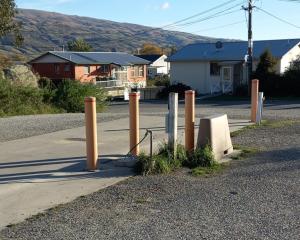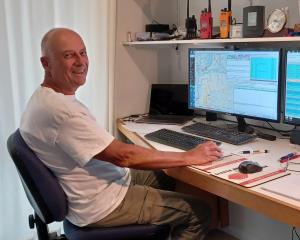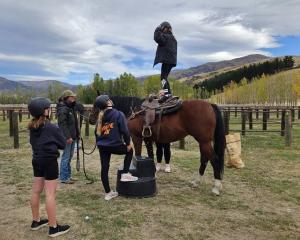
Cambrian resident Tricia Batkin decided 30 years ago there needed to be a permanent record of the sites of the homes in the former gold mining village in the Manuherikia Valley.
Settled by by Welsh immigrants in 1863, the village was formerly known as Dunstan Creek and Welshman's Gully and boasted a population of about 200.
Ms Batkin said miners left the coalfields and slate quarries of Wales and Durham County, hoping for a better life in New Zealand in the 1860s.
They faced the cold hard winters and hot dry summers of Cambrian without electricity or running water, little communication with the outside world, but with stoicism and determination to withstand what this new life threw at them, she said.
In addition to the miners cottages, the settlement also had shops, a hotel, church, post office and a school. In the 1880s a town hall was added.
As gold mining declined, many of the buildings were dismantled or removed. There were just two residents at one point although today there were about 20.
Ms Batkin’s original plan for a short-term project eventually developed a much longer timeline as life intruded on her writing time.
More than three decades later her persistence resulted in a 440-page book with more than 400 photographs recording the families who lived at Cambrian and their descendants, now scattered all around New Zealand.
"I have traced the lives of these founding folk and their families, their tragedies and triumphs, and for those of us who have wished we’d been more curious of our grandparents journey."
The official launch will begin at 11.30am on Saturday at William Gay’s house, where Bob Berry will lead a narrated walk down Coalpit and Cambrian Rds to the school.
At noon there will be the official launch, followed by a shared picnic lunch — to which ladies are invited to bring a plate and gentlemen a bottle.
Dressing up in period costume was encouraged and the book would be available and Ms Batkin happy to sign them, she said.
The book will be available directly from the author for $59.95.













